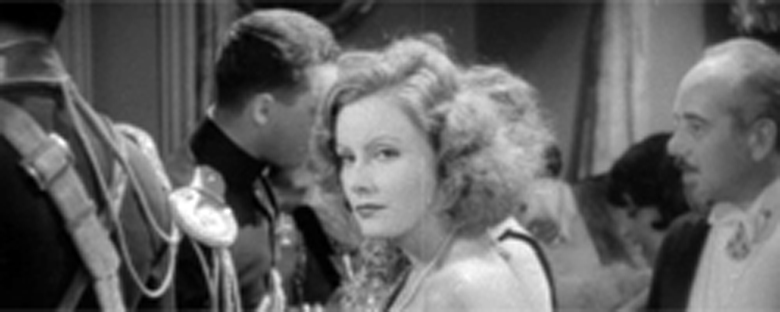Reviews
Fred Niblo
USA, 1928
Credits
Review by Jack Gardner
Posted on 06 April 2006
Source Warner Brothers DVD
The prevailing thought of the silent era among movie executives could be paraphrased as, “Don’t put all your eggs in one basket.” To translate that into film language, you either have a great story or a great star; rarely in the silent era will you see both in the same film. In this instance, MGM chose to have a great star, Greta Garbo.
Loosely adapted from the Ludwig Wolff novel, “War in the Dark,” The Mysterious Lady is the story of Viennese Military Intelligence officer Karl who falls for enemy female spy Tania (who is at one point summoned to Warsaw, but there is nothing to indicate that she is Polish). Much to the chagrin of her superior and lover, Tania falls for Karl. Betrayals, treachery, deceit and murder ensue, and in the end the two former adversaries go back to Vienna and live happily ever after.
The formulaic plot excepted, this film has several merits, two of the most notable being the beautiful cinematography and magnificent lighting. When we first see Garbo as Tania in the film, the scene is shot so that she is slowly unveiled, as if she were a work of art, sitting in her box at the opera—you can almost feel the intense attraction of Conrad Nagle’s Karl at his first sight of her. Later, at Tania’s apartment, when she is lighting candles, the effects of the camera angles and lighting seem to convey the intense eroticism between the two lead characters. As the film progresses, the cinematography seems to heighten the erotic tension between Tania and Karl. It is unfortunate the sole surviving print suffers from heavy nitrate decomposition and scratches in several of the scenes; even so, the camerawork and lighting shine through.
Garbo is, of course, the other standout feature of this film. Not only is she stunningly beautiful, she is a talent as well. Her surreal beauty makes it easy to overlook her sublime ability; she conveys thoughts and emotions with just a gesture or a glance. Garbo was a master at the art of silent film acting and had the ability to elevate some of the most vapid scripts into very good movies. This is one case in which the story did not have to rely completely on the magnificence of Garbo to make the film watchable.
Garbo frequently overwhelms the contributions of the supporting actors in her films, but Conrad Nagel, as Karl, is an adequate — if somewhat stiff — leading man, and Gustav von Seyffertitz is excellent as the villain. As is the case with many of the Garbo silents, her co-stars are rendered as props against which she emotes.
The DVD is available from Warner Home Video as part of a three movie collection of Garbo silents (along with Flesh and The Devil and The Temptress). It features a new score composed by Vivek Maddala—one of the things I don’t particularly admire in this release. The opera Tosca is featured repeatedly in this film, and Mr. Maddala, perhaps for copyright reasons, chose not to quote any of Puccini’s famous melodies in the score — including the scenes in which the opera is performed, or when Garbo sings the aria “Vissi D’Arte” — and often times the score seems inappropriate and too modern for the film.
This is ultimately an example of Garbo at her first peak, prior to her subsequent work in talkies. It’s not the most enthralling picture of the era, but it is an opportunity to glimpse some of the glamour that distinguished Hollywood in the 1920’s, and for 89 minutes you can be transported to pre-World War 1 Vienna and a world of intrigue, romance, and espionage.
We don’t do comments anymore, but you may contact us here or find us on Twitter or Facebook.



